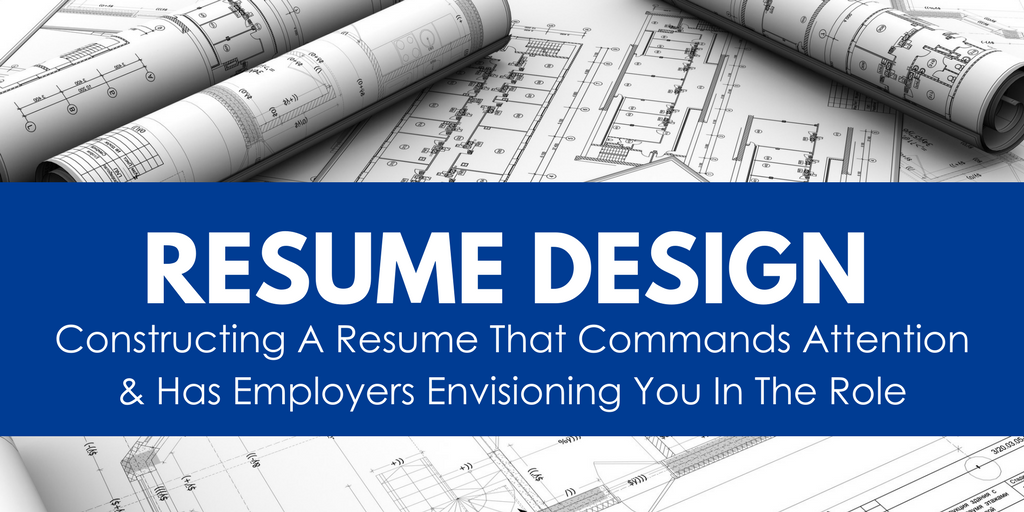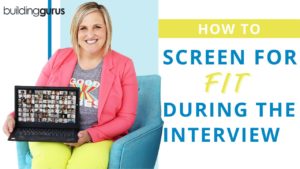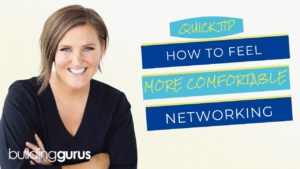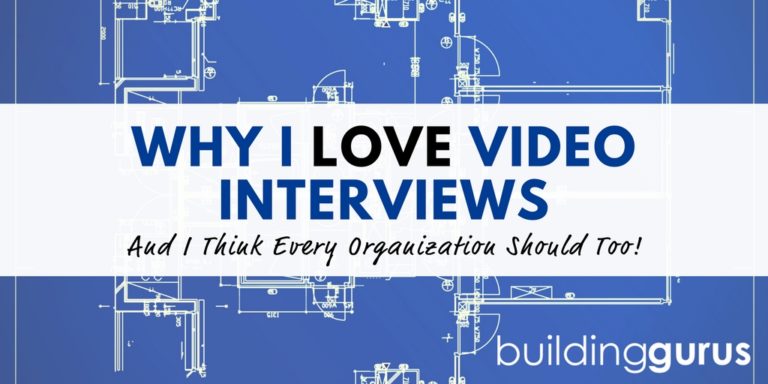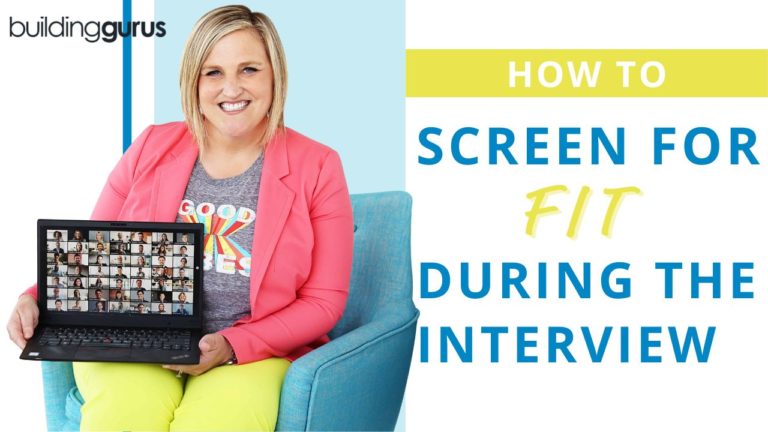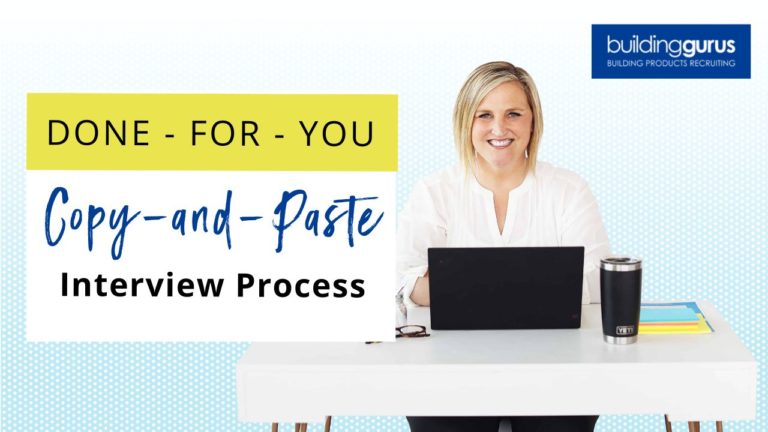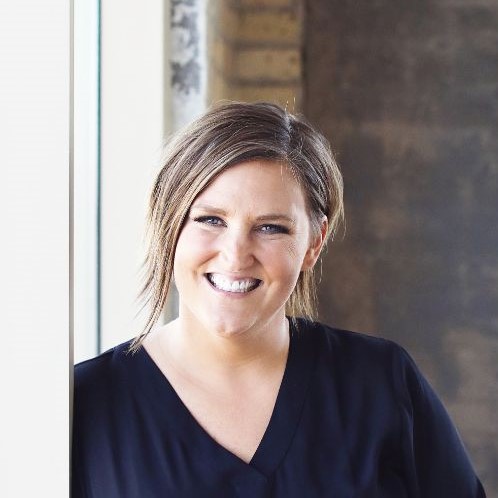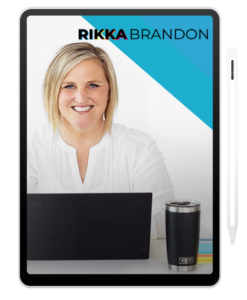A fantastic resume design could land you an interview and propel you towards a dream job.
You need to get the attention of prospective employers in a short period of time. If someone has 500 resumes to read, they don't have a lot of time to spend on each. Resumes designed to grab and hold attention will move to the top of the pile.
Write resumes to cover the pain points your prospective employer feels. Include only the most important details. Also, if your background is extensive or varied, consider building multiple versions of your resume.
Resume Design – How To Get Noticed
At the end of the day, you want your resume to get noticed – for the right reasons. One of the main components of a resume is its' design. Consider the following elements when creating a powerful resume.
Layout
Add clarity to the layout with fonts, bullets, indents and other features. You want the reader to be able to efficiently get right to the heart of your background and using a little visual interest goes a long way. Use caution with different colors, fonts, and bullets. Pick a couple that complement each other and aren’t distracting.
Use bullets instead of paragraphs to quickly draw attention to skills and successes.
Length
Most resumes over two pages don't get read. Stick with one page, or two if you've had an extensive career. Don't go over two pages because you want to make your resume pop.
If you can’t fit it on two pages, start pulling out early career details. Use every role on your resume to demonstrate why you are the right person for the position. So, don't waste space on what you did in high school if you have to cut something. Use a ruthless eye to delete achievements that don’t matter to the role you are applying for.
Measurables
Use numbers to quantify achievements and job duties to make them stand out. Saying “I increased sales more than anyone else in my division” isn’t has high-impact as “Responsible for record-breaking 45% territory increase in 2014.” Give hard stats so the hiring manager can quantify what you can do.
Relevant Job Details
Offer relevant details about current and past employers. Even if your niche or channel is a smaller one, not everyone is going to be familiar with everywhere you have worked. Include the location, size, product information, and position details. Detail new territories or failing divisions you have built.
Details
Add in dates for education and past roles. Don’t leave gaps – consolidating like experience is better than omitting important details. Make sure you are honest and accurate. A mistake or misrepresentation means you could face some serious consequences.
If you structure your resume using these tips, you will have an eye-catching, attention-grabbing history of your experience and accomplishments.

